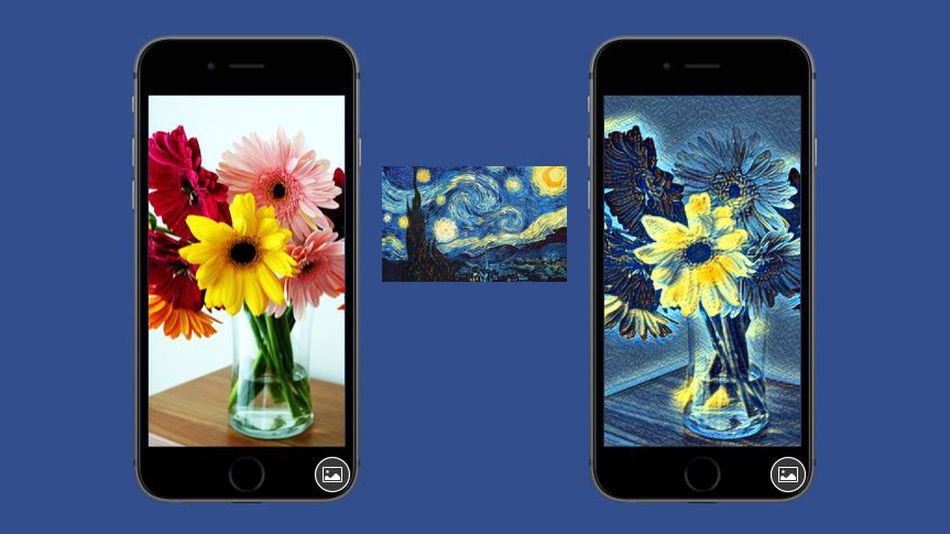
AI development is launching into mobile phones in an effort to "improve global connectivity, technology accessibility, and human computer interaction," says Facebook CTO Mike Schroepfer.
People want to be connected and close to others, so companies are working on making technology that facilitates this. Facebook's size and ability to affect different markets of interest makes the decisions Facebook takes important for many industries. AI is the next industry to pay attention to when Facebook makes moves.
Facebook is helping to connect impoverished people's on the planet, with the machine intelligence of Project Aquila. Carbon fiber solar powered planes fly over an area, and connect via laser, to communicate with the ground via radio frequency in order to provide internet connectivity to that area. They are also mapping out a LiDAR of the urban utility polls for connectivity improvements.
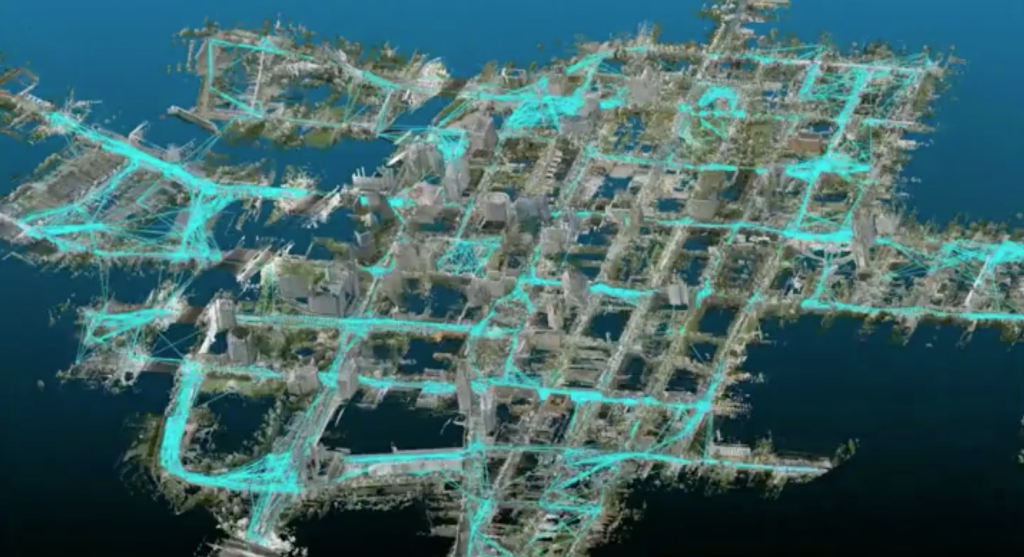
Facebook has now developed a deep learning art platform called Caffe2Go. People can use it to combine photos/video and art, then combine them into something new through what is called "Style Transfer".
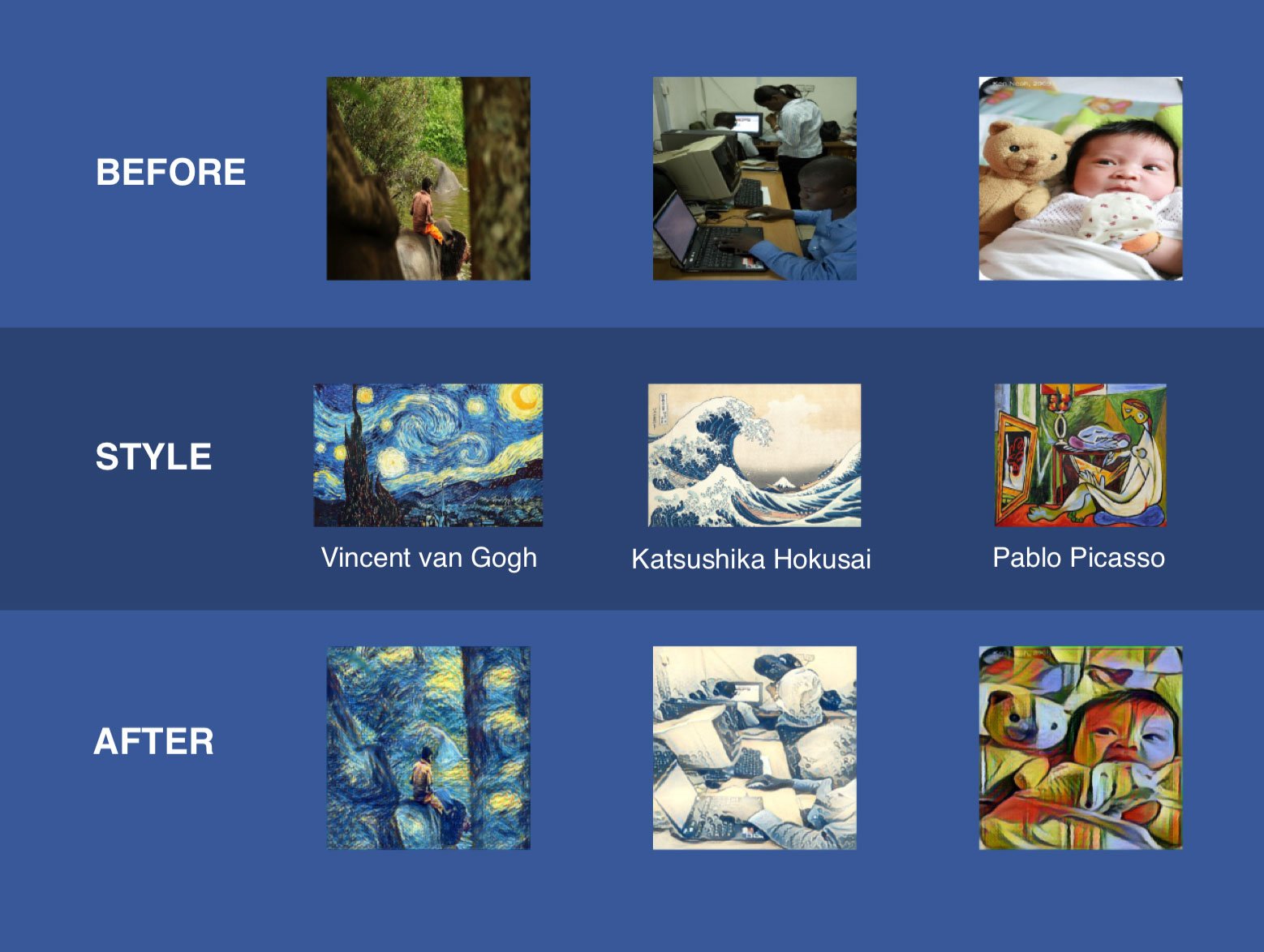
This can make everyone into a Picasso or Van Gogh with their mobile phone.
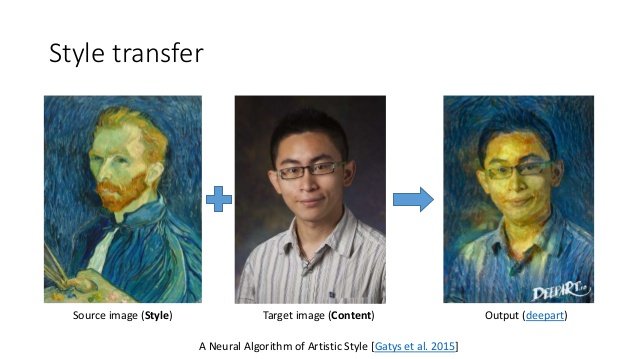
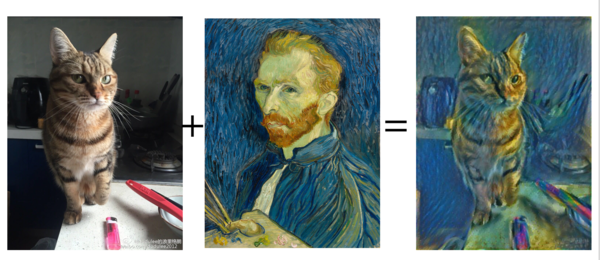


This machine intelligence is built on deep neural networks which loosely mirror the neurons in the brain. This is used from facial recognition, to voice recognition, and translation of Skype calls into another language.
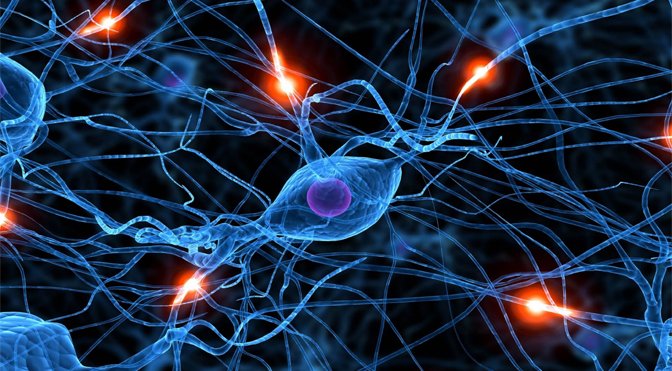
This technology of neural networks and style transfers, could lead to better facial recognition to auto-label selfies with the emotional facial features we display. This may sound boring, but when integrated into the advent of "augmented" or virtual reality, it adds a whole new quality: being able to know people's emotional states in the VR world. The VR tech is expected to boom in business communication that will use 3D or holographic modeling and artificial general intelligence to get all the details through to enhance connectivity.
No longer are these neural network platforms required to be run from multiple servers connected together. Now they can simply fit into a program that can be run on a mobile phone, without internet connectivity for data from the neural network servers. The neural networks now fit into a phone.
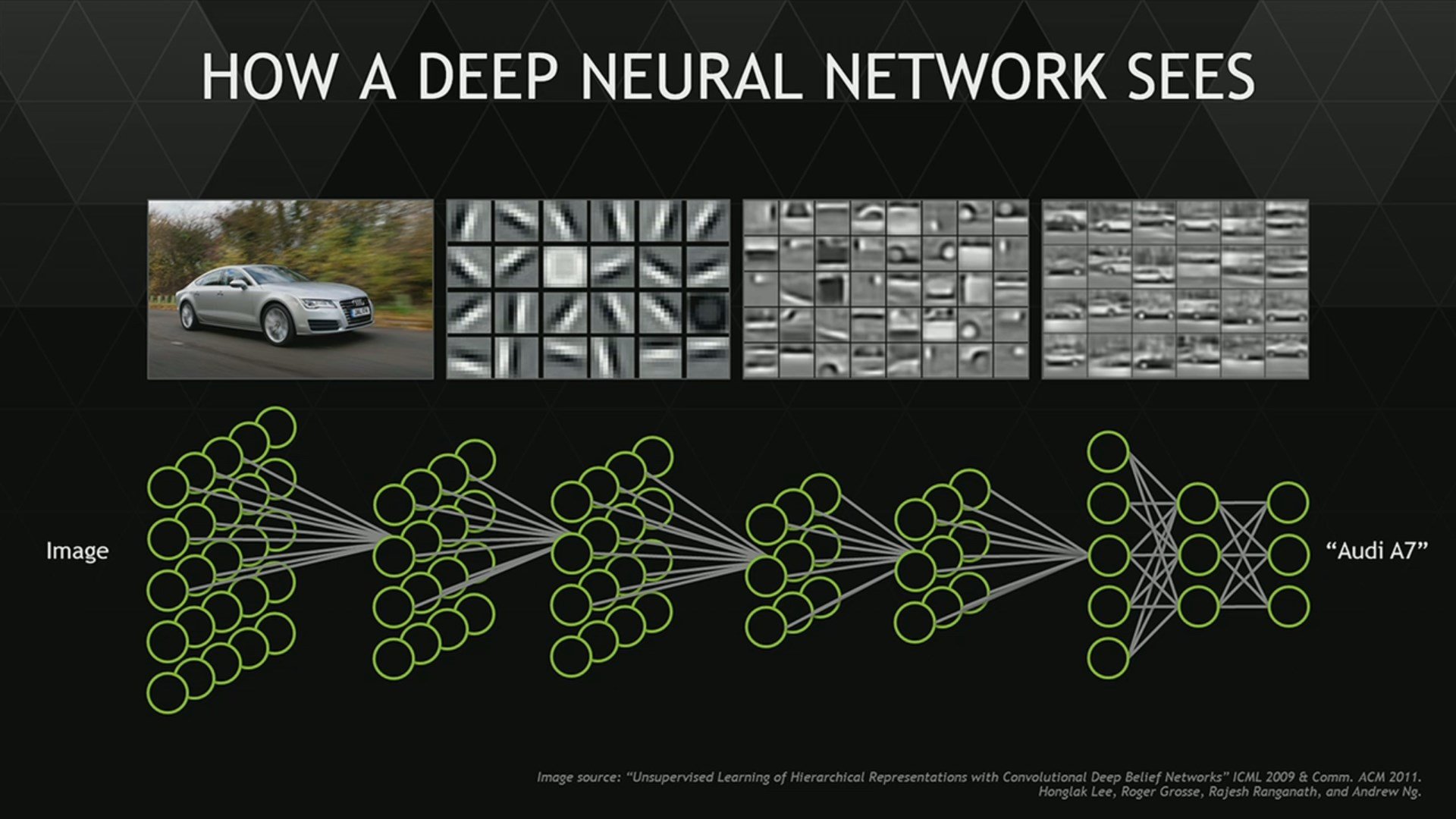
AI Training
These AI neural networks, still need to learn and be trained before they are ready for the production environment. This still gets done on the large data centers. But once it learns, it's deployed on its own and doesn't need to talk to HQ. German researchers in 2015 first thought this technology required to much CPU and RAM power to be run apart from the data center hardware. But in one year, AI development has advanced to make this an obsolete limitation.
The AI was trained for over 400 hours on GPU chips, says Tommer Leyvand, the Facebook engineering director. Caffee2Go can execute neural nets in 1/20th of a second.
Things are fast integrating into a digital connectivity. The IoT, Internet of Things, is also part of this, with your fridge, washing machine and toaster soon integrating together and communicating variables to try to make your life easier.
Check out Facebook's post "Delivering real-time AI in the palm of your hand" for an exclusive video of demonstrating the Style Transfer in real-time video.
Image sources: 1, 2, 3, 4, 5, 6, 7, 8, 9, {10]
If you appreciate and value the content, please consider:
Upvoting  , Sharing
, Sharing  and Reblogging
and Reblogging  below.
below.
 me for more great content to come!
me for more great content to come!
Author: Kris Nelson / @krnel
Contact: steemit.quality@gmail.com
Date: 2016-11-08, 7pm EST
